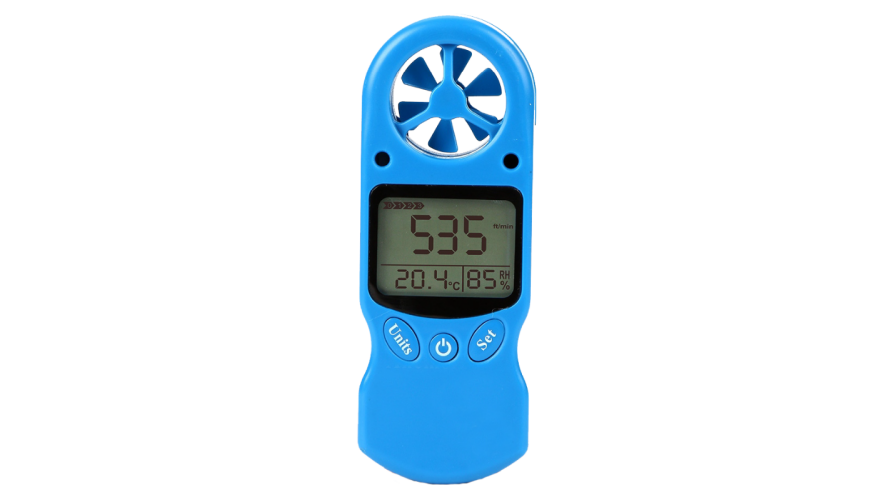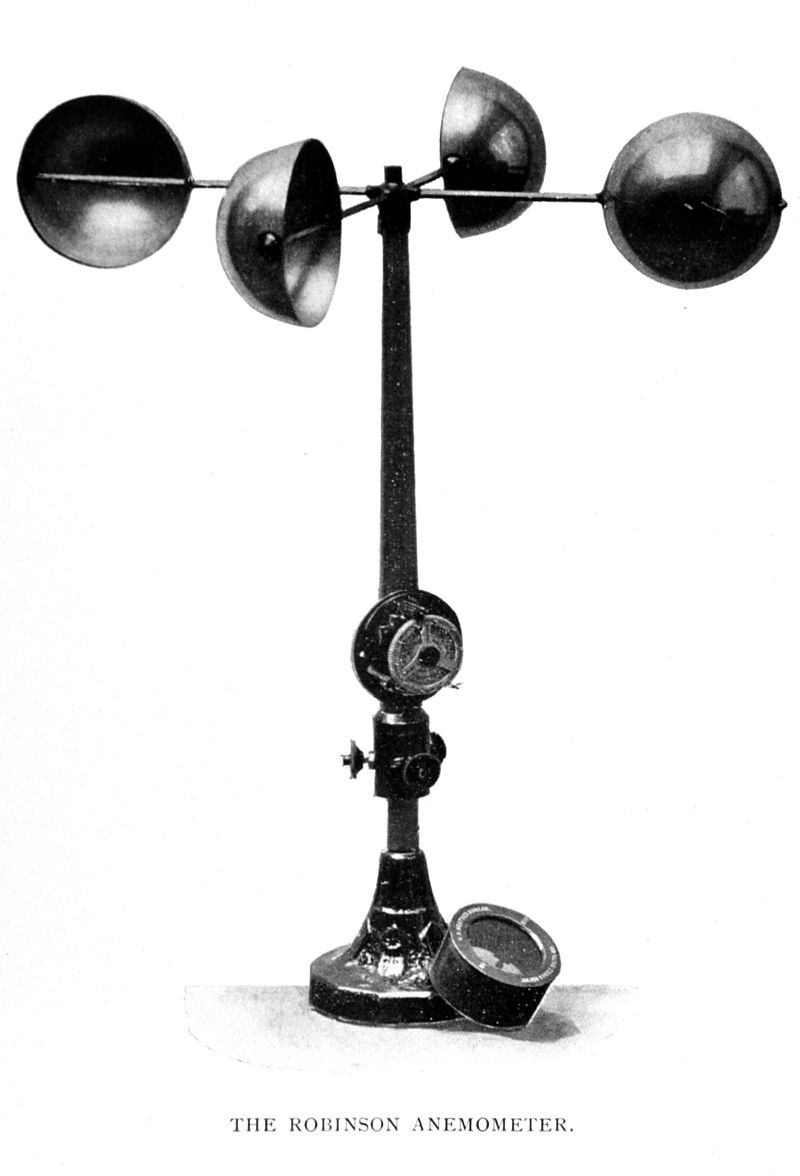Checking Out the Functions and Benefits of Anemometers for Weather Condition Lovers and Experts
From mug anemometers to sonic anemometers, each type brings its unique collection of applications and benefits, losing light on different aspects of climatic conditions. As we dive into the functions and advantages of anemometers, a deeper understanding arises not only of dominating weather condition phenomena yet likewise of the broader effects for industries like wind power production and environmental study.
Value of Anemometers in Weather Surveillance
Anemometers play a critical function in climate tracking by providing precise dimensions of wind speed, assisting in projecting and understanding climate patterns. These tools, varying from traditional mug anemometers to modern ultrasonic anemometers, are necessary for meteorologists, researchers, and weather fanatics alike. By measuring wind speed, anemometers assist in determining the strength of climate phenomena such as tornados, hurricanes, and twisters. Additionally, they provide beneficial data for air travel, maritime procedures, and numerous sectors that are sensitive to wind conditions.

Kinds of Anemometers and Their Applications
With the critical role anemometers play in climate tracking and forecasting, understanding the numerous kinds of these instruments and their applications becomes essential for professionals and enthusiasts in the field. One of the most typical types of anemometers consist of mug anemometers, vane anemometers, hot-wire anemometers, and ultrasonic anemometers. Cup anemometers include 3 or four cups placed on horizontal arms that turn with the wind, gauging its rate. Vane anemometers, on the various other hand, utilize a freely revolving vane to line up with the wind direction, giving both wind speed and direction measurements. Hot-wire anemometers run based on the concept of convective warm transfer, where the cooling effect of the air circulation is determined to figure out wind speed. Ultrasonic anemometers utilize ultrasonic acoustic wave to compute wind speed and instructions precisely.
Cup anemometers are ideal and durable for basic weather monitoring, while vane anemometers are favored for directional dimensions. Ultrasonic anemometers are non-intrusive and offer high precision, usually used in research and specialized weather condition tracking applications.
Benefits of Using Anemometers in Forecasting
In meteorology, the usage of anemometers provides vital benefits for enhancing the accuracy of climate projecting. Anemometers determine wind speed and direction, providing crucial information for anticipating weather condition patterns. By incorporating wind data right into forecasting models, meteorologists can much better recognize the you can find out more motion of climate systems, anticipate adjustments in climatic conditions, and issue extra exact forecasts.
Furthermore, anemometers play a vital duty in examining prospective climate threats. Monitoring wind rates assists forecasters predict extreme weather condition events such as storms, twisters, and wintertime tornados with higher precision. This early caution system allows authorities to issue prompt signals and apply required safety and security procedures, reducing the dangers to life and residential property.
Additionally, anemometers aid in enhancing renewable resource manufacturing. By analyzing wind patterns, meteorologists can determine ideal locations for wind ranches and forecast energy outcome, adding to the reliable generation of wind power.

Anemometers in Wind Power Manufacturing
Given the important duty anemometers play in providing accurate wind data for weather condition projecting and hazard assessment, their relevance reaches the realm of wind energy production. Anemometers are vital tools in the field of wind energy, where the measurement of wind speed and direction is important for establishing the feasibility and effectiveness of wind turbine installments. By precisely measuring wind rates at varying elevations, anemometers help maximize the placement and design of wind generators to make the most of power output.
In wind ranches, anemometers are go to these guys tactically put to gather real-time wind information that is used to analyze the possible power manufacturing of a site. This information is critical in establishing the financial stability of wind power jobs and in forecasting energy generation to ensure grid security. In addition, anemometers help in monitoring wind conditions to optimize turbine efficiency, prevent damage from high winds, and ensure the safety of employees operating in the area of wind turbines.
Enhancing Weather Recognizing With Anemometers

Anemometers play an essential role in enhancing our understanding of microclimates. These localized weather can vary dramatically from wider regional projections, making it vital to have accurate information for specific locations. anemometer. By strategically putting anemometers in various areas, scientists can collect in-depth information on just how wind acts in different surfaces, metropolitan settings, or bodies of water
Furthermore, anemometers add to boosting climate forecasting versions by providing real-time information on wind actions. This info is especially valuable for forecasting extreme climate events, optimizing farming practices, and supporting markets like air travel and maritime navigating. Generally, anemometers are vital tools that enable us to delve deeper right into the intricacies of weather condition systems, you can find out more inevitably causing more better-informed choices and precise predictions.
Conclusion
In final thought, anemometers play a critical duty in climate tracking and projecting by measuring wind speed and direction. Anemometers likewise have applications in wind power production, more highlighting their importance in both meteorology and eco-friendly power fields.
From mug anemometers to sonic anemometers, each type brings its special collection of applications and advantages, shedding light on various facets of atmospheric problems. These tools, varying from conventional cup anemometers to contemporary ultrasonic anemometers, are important for meteorologists, researchers, and weather lovers alike. The most common types of anemometers consist of mug anemometers, vane anemometers, hot-wire anemometers, and ultrasonic anemometers. Mug anemometers are robust and suitable for general climate monitoring, while vane anemometers are preferred for directional measurements. Anemometers are necessary tools in the area of wind energy, where the measurement of wind rate and direction is vital for determining the expediency and performance of wind generator installations.